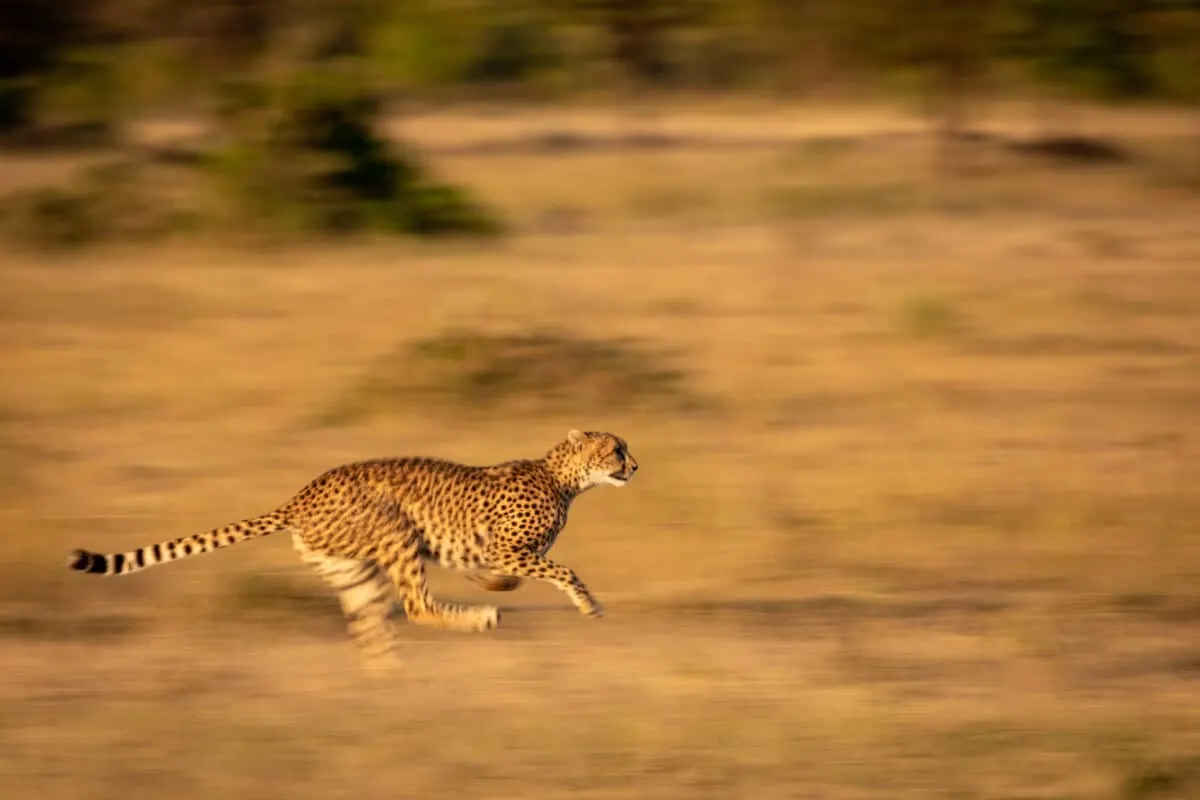From humans to cheetahs, it seems everyone and everything is feeling the profound impact of a rapidly changing world, where the echoes of environmental shifts are reverberating across the interconnected web of life. If the fastest animal in the world can’t avoid it, who can?
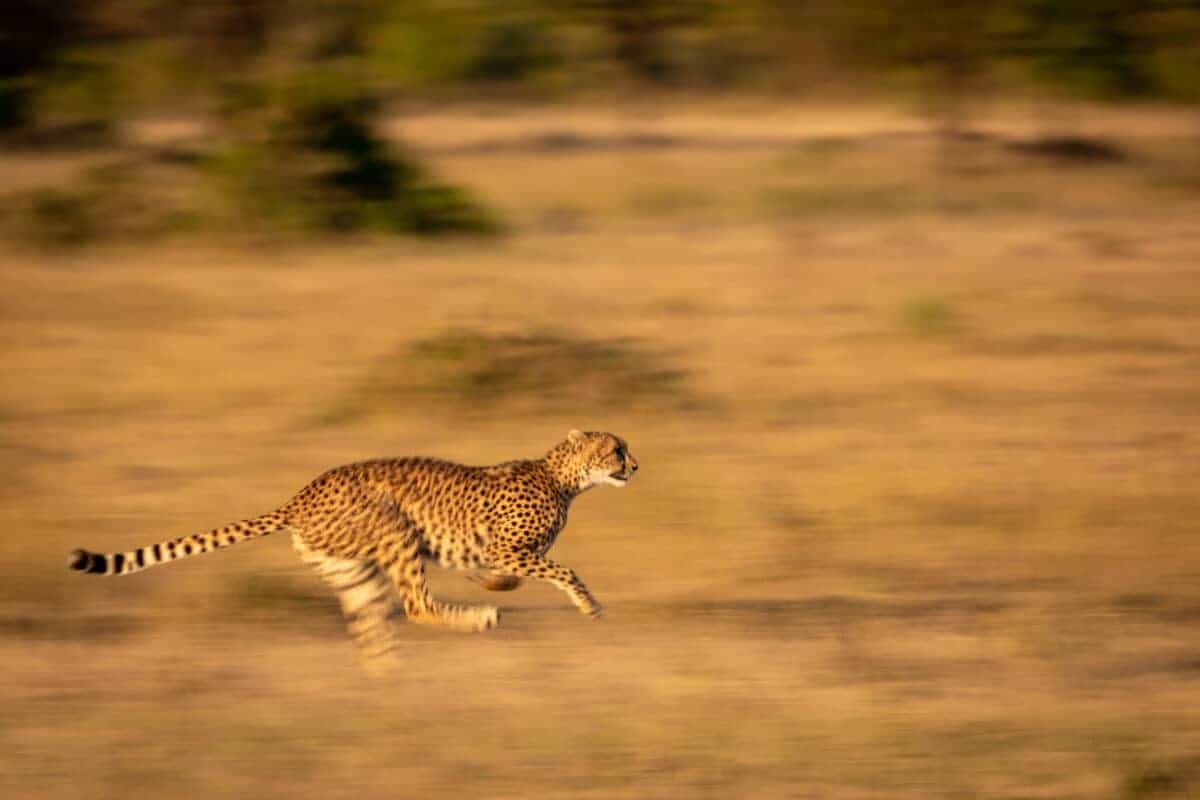
Led by wildlife biologist Kasim Rafiq, a team from the University of Washington recently released a study on how temperature is altering the way animals live, specifically cheetahs, leopards, lions and African wild dogs.
Out of these four majestic creatures, their studies show that cheetahs seem to be feeling the effects the most. In an attempt to counteract the heat, many cheetahs are changing their hunting habits from day to night – a significant shift for a feline renowned for its daytime activity and night-time rest.
How Is Global Warming Affecting Cheetahs?
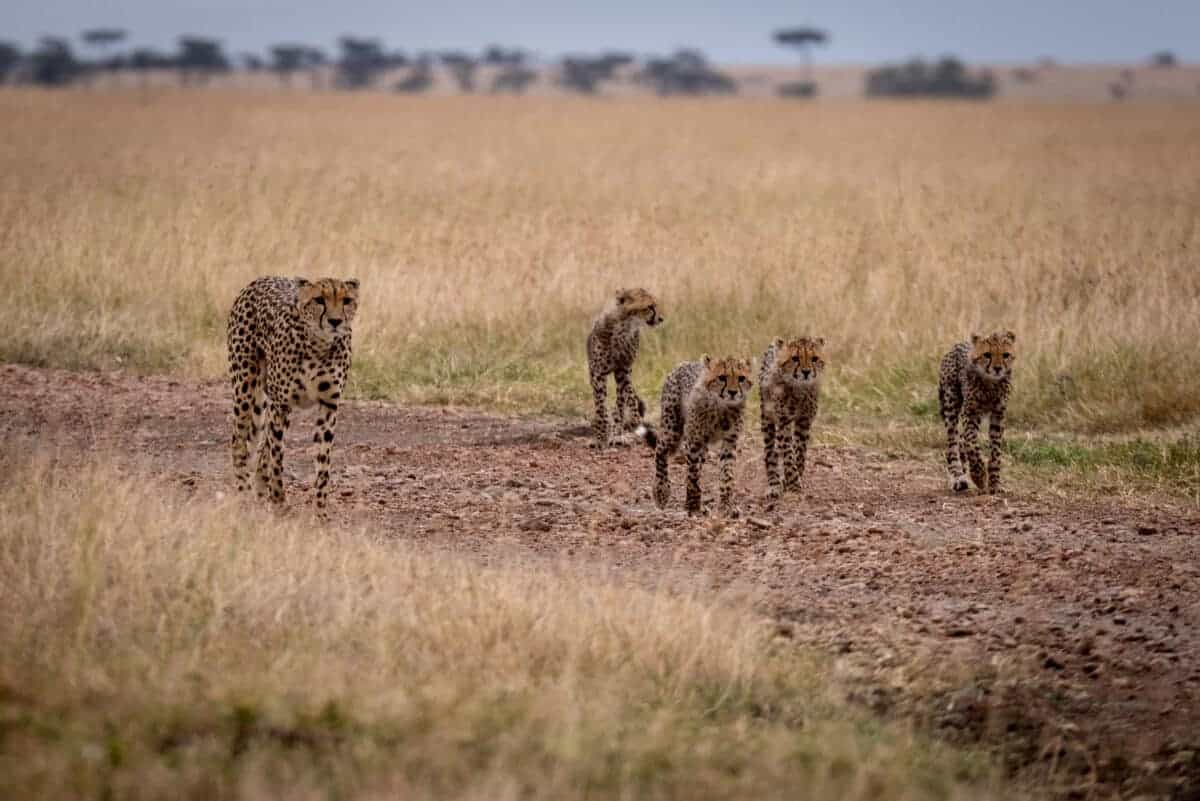
Global warming poses a formidable threat to the delicate balance of ecosystems, with big cats such as cheetahs facing unprecedented challenges. As temperatures rise and climate patterns shift, these magnificent creatures are forced to adapt in ways that may compromise their well-established behaviors and survival strategies.
Cheetahs, known for their remarkable speed and agility, have evolved to be active hunters during the day, relying on their keen eyesight to spot prey on the open savannahs. However, the escalating temperatures driven by global warming are transforming their once-familiar habitats into inhospitable landscapes. The scorching heat becomes unbearable, prompting cheetahs to seek refuge and adjust their hunting schedules to the cooler hours of the night.
This nocturnal shift is not without consequences. The transition from diurnal to nocturnal hunting patterns could potentially expose cheetahs to unfamiliar dangers. The nocturnal world is dominated by predators and challenges distinct from those encountered in daylight. Cheetahs, adapted for high-speed chases under the sun, may find it difficult to navigate the darkness and compete with other nocturnal hunters.
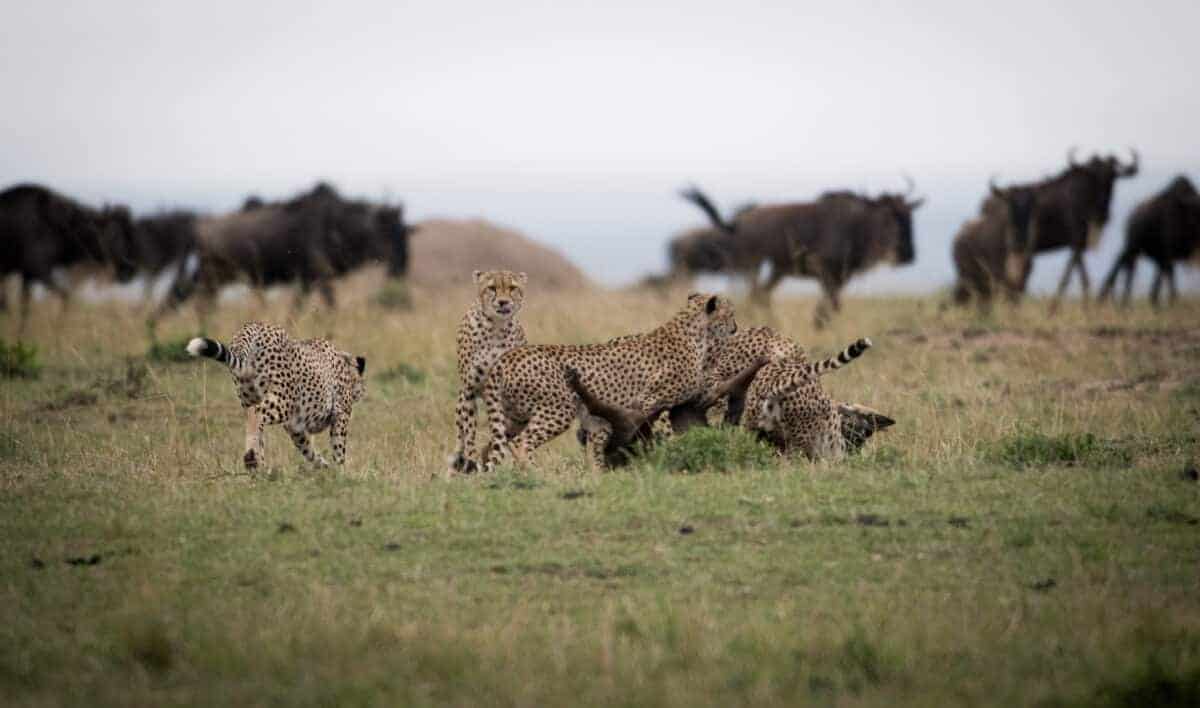
Moreover, the prey animals they target are also adjusting their behaviors in response to climate changes. Shifts in migration patterns, altered availability of water sources, and changes in vegetation cover all contribute to the complex interplay between predators and their prey. Cheetahs, relying on their finely tuned hunting strategies, must now contend with a rapidly changing environment that may disrupt the delicate balance of predator-prey relationships.
The Potential Threats of Becoming Nocturnal
The potential dangers of cheetahs becoming nocturnal extend beyond the immediate challenges of adapting to a different hunting schedule. Increased competition with other nocturnal predators, heightened vulnerability during the darkness, and the overall stress of adjusting to a new ecological niche may have long-term consequences for cheetah populations.
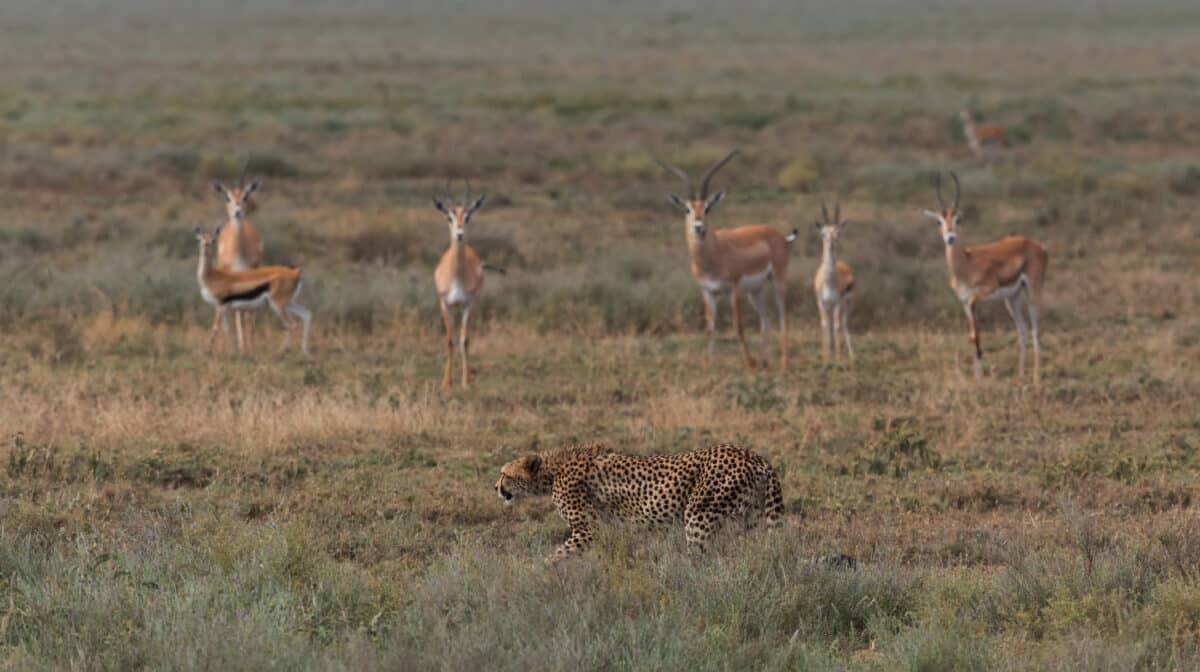
As wildlife biologist Kasim Rafiq and his team delve deeper into the implications of these shifts, the urgency to address the root causes of global warming becomes ever more apparent. The fate of cheetahs serves as a poignant reminder of the broader impact of climate change on biodiversity, underscoring the need for global efforts to mitigate its effects and preserve the delicate balance of our planet’s ecosystems.
Join our Forum for free today!

- Second American Killed by Elephant in Zambia This Year - July 22, 2024
- Elderly Man Kills Grizzly Bear in Montana - July 22, 2024
- Missing Cat Found Weeks Later, 40 Miles Away - July 21, 2024

